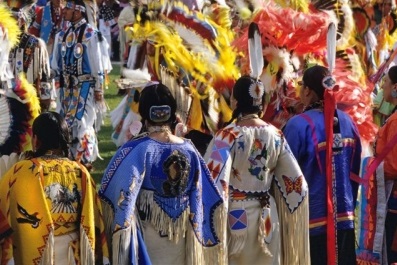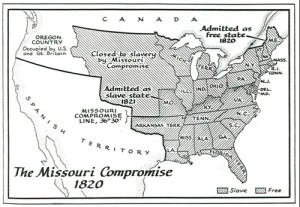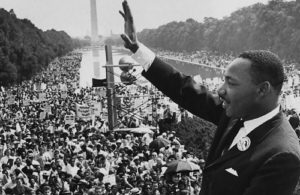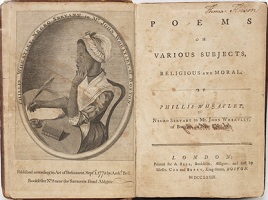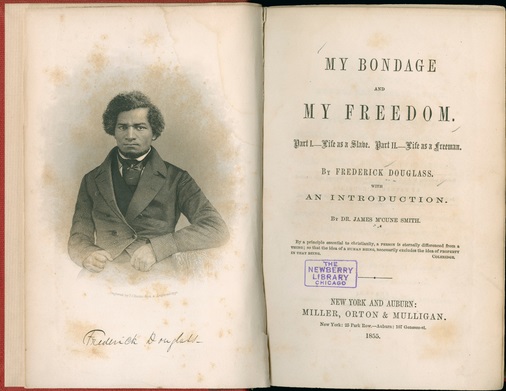Sacagawea belonged to the Lemhi Shoshone band of Northern Shoshones who lived in the Tendoy/Salmon Idaho area. The Lemhi-Shoshone tribe is made up of the Agaidikas or Salmon-Eater Shoshone and the Tukidikas or Sheep-Eater Shoshone. Sacagawea belonged to the Agaidikas and is the most well-known member of the Shoshone.
In Shoshone language “Shoshone” means “The Valley People”. They were also known as “Snake Indians” from their distinctive trait in quickly hiding away when discovered.The Shoshones are divided into Northern, Western and Eastern divisions. Northern Shoshone extended through eastern Idaho, western Wyoming and north east Utah. Eastern Shoshone covered Wyoming, northern Colorado and Montana. Western Shoshone comprised the territories of Oregon, Idaho, northwest Utah and central Nevada.
During the second half of the 19th century the Shoshones were threatened by western expansion, migrants settled in Idaho taking ancestral land away from them. The first significant confrontation was in 1863 and resulted in the murder of 300 to 500 Shoshone people by the US Army, in what has come to be known as the Bear River Massacre. In 1864, in a conflict that lasted 4 years, the Shoshone and their allies, the Bannock, fought against western migrants in the Snake War.
In a turn of events, in 1876 the Shoshones allied with the U.S Army to fight their enemies the Lakota and Cheyenne.
In 1875 President Ulysses Grant gave an executive order to establish a 100 sq mile reservation known as the Lemhi Valley Indian Reservation for “the exclusive use of the mixed tribes of Shoshone, Bannock and Sheapeater Indians”. However in 1905 they were ordered to leave their ancestral homeland and relocate in the Fort Hall Indian Reservation. Their relocation is known as the “trail of tears”.
Further reading
Research from Washington State University. Sacajawea’s People: Who are the Lemhi and where is their home?
By: Professor Orlan J. Svingen History Department, Washington State University.
